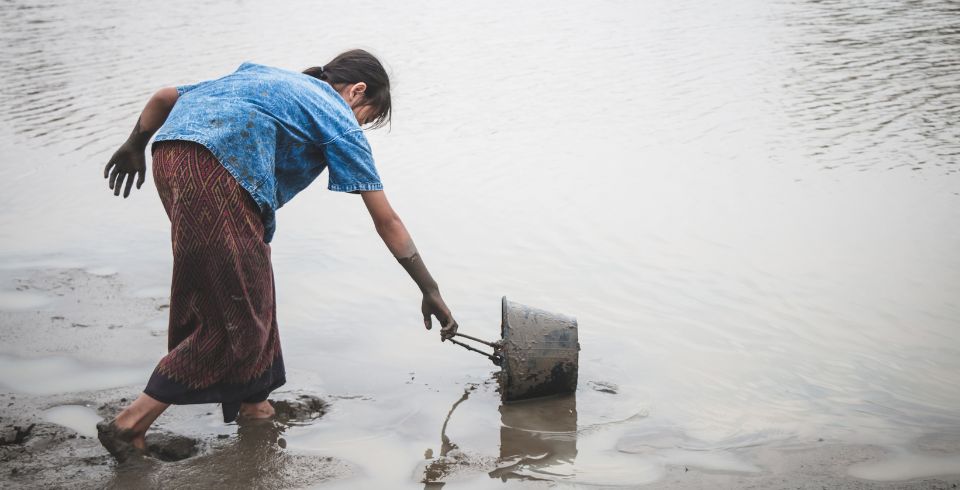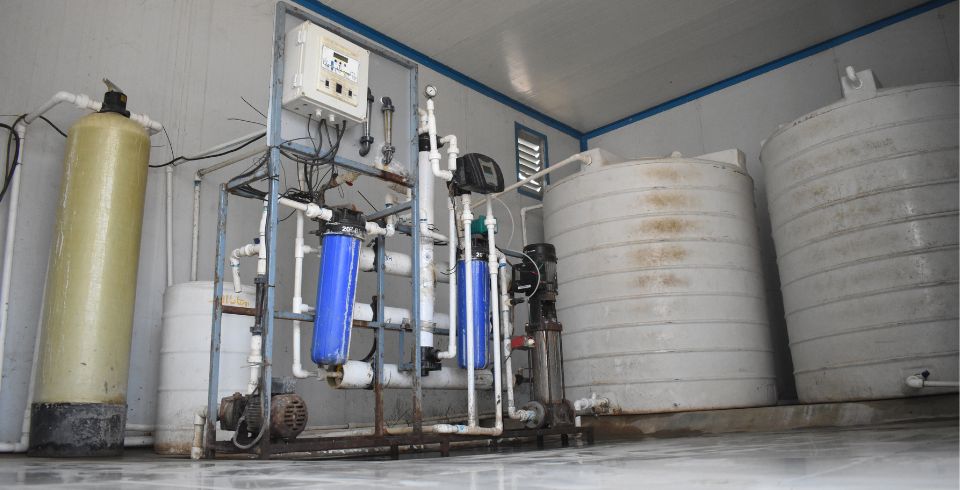
Water treatment is not just a necessity, but a critical component in ensuring public health and enhancing environmental sustainability. As global populations rise and industrial activities expand, the demand for clean and safe drinking water becomes increasingly vital. This blog explores how water treatment solutions are important in addressing these challenges posed by the global water crisis.
Water Crisis across the Globe
Access to clean water remains a significant challenge worldwide. According to the World Health Organization (WHO), approximately 2.2 billion people don’t have access to safe drinking water services, and around 4.2 billion people experience severe water scarcity across the globe. Contaminated water sources contribute to the spread of diseases such as cholera, typhoid, etc, that affect millions of people annually, across the sphere.
The Role of Water Treatment Solutions
Treating water refers to the process of purifying water to make it suitable for various uses, including drinking, irrigation, and industrial purposes. Noted methods include filtration, disinfection (e.g., chlorination, UV treatment), and desalination. These methods are essential in removing contaminants, and ensuring that water meets the stringent quality standards set by regulatory bodies like the WHO and the Environmental Protection Agency (EPA).
Furthermore, water treatment plays an essential role in responsibly reintroducing the treated water back into its origin- Natural ecosystems. After being treated, water is safely returned to the environmental sources such as rivers, lakes, and oceans. This process is essential to prevent contamination and minimize environmental issues such as water pollution. Water treatment facilities must ensure that water is thoroughly decontaminated from harmful substances before it is discharged back to the water bodies which will ensure safeguarding the ecological balance and promote sustainable water management practices.

How is Water Treated?
With various processes involved in treating water, here are 5-steps to understand how it is done in Industries-
Step 1: Coagulation: Chemicals with a +ve charge are added to water to neutralize the -ve charge of dirt and other substances.
Step 2: Flocculation: Water is slowly mixed in, to form larger particles called flocs that are assisted by additional chemicals.
Step 3: Sedimentation: Flocs settle to the bottom due to their weight, separating solids from water.
Step 4: Filtration: Clearwater passes through filters with varying pore sizes (e.g., sand, gravel) to remove dissolved particles and impurities.
Step 5: Disinfection: Chemical disinfectants like chlorine are added to kill remaining bacteria, viruses, and parasites, ensuring water safety for distribution.
These steps collectively ensure that water is purified and safe for consumption and use in homes and businesses.
Advancing Water Treatment: Benefits Across Health, Environment, and Technology
- Transforming Lives: Impact on Communities
Effective and Standardized water treatment systems can significantly improve public health by reducing waterborne diseases. Getting access to clean water enhances the quality of life in communities, particularly in rural and underserved areas. It also fosters economic opportunities as healthier populations are more productive and spend less on healthcare.
- Transforming the Planet: Environmental Benefits
Water treatment plays a critical role in environmental conservation by reducing different kinds of pollution and protecting natural water sources. These treatment processes remove pollutants, pathogens, and harmful substances by preventing their discharge into rivers, lakes, and oceans. This preservation of ecosystems supports biodiversity and sustainable development goals, promoting long-term environmental health.
- Technological Innovations in Water Treatment
Technological Advancements have revolutionized water treatment, making processes more cost-effective, efficient, and easily accessible. Various innovations such as membrane filtration, advanced oxidation processes, and smart water management systems maximize resource use and minimize environmental impact. These technologies are instrumental in scaling up water treatment capabilities on a global level.
Common Problems in Water Treatment and Future Directions
Despite various efforts, there are still some challenges in water treatment, including inadequate infrastructure, funding constraints, emerging contaminants like pharmaceutical industries, and a rise in microplastics. Addressing these kinds of challenges requires continued investments in research, the development of sustainable infrastructure, and a harmonious collaboration between governments, industries, and communities.
Further trends include decentralized water treatment solutions, digitalization, and sustainability-focused innovations. Ensuring access to clean water for all kinds is a fundamental human right and a cornerstone for sustainable development. Water treatment solutions not only safeguard public health but also protect the environment and in return promote economic growth. By investing in advanced technologies, and addressing these challenges we can achieve a future where clean water is accessible to every individual, contributing to healthier communities and a thriving planet.
At Rite Water Solutions, we recognize the paramount significance of water treatment for the availability of clean and safe water for all and we are committed to advancing water treatment technologies and promoting sustainable practices globally. Our innovative solutions aim to address the challenges of today while preparing for the water needs of tomorrow. Join us in our mission to secure clean water for future generations.

